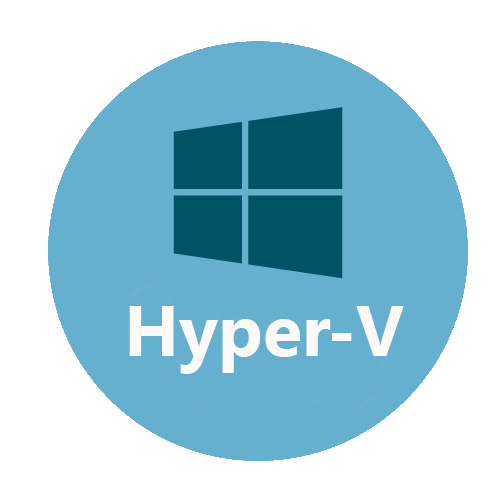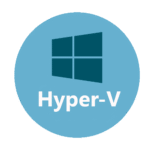Hyper-V: Server Virtualization Without the Guesswork
Why You’ll Actually Appreciate Hyper-V
If spinning up a virtual machine felt like a trip to a black-box factory, Hyper-V is your friendly guide. Built into modern Windows Server and available on Windows 10/11 Pro or Enterprise, it lets you carve out VMs with just a few clicks—no extra downloads, no obscure dependencies. Need to test a patch, isolate a service or consolidate old hardware? Hyper-V handles it without fuss.
Under the Hood of Hyper-V
Hyper-V elevates your physical machine to a hypervisor by leveraging Intel VT-x or AMD-V. Each VM receives its own virtual CPU, allocated memory and a virtual network adapter. Integration Services (guest additions) enhance Windows and supported Linux guests with optimized drivers for networking, storage and time synchronization. Behind the scenes, a lightweight management layer orchestrates checkpoints, live migrations and resource pools.
Key Highlights
| Feature | Why It’s a Game-Changer |
| Built into Windows | Enable via Server Manager or Windows Features—no separate installer required. |
| Live Migration | Transfer running VMs between hosts with zero downtime—ideal for maintenance windows. |
| Checkpoints | Create VM snapshots to bookmark states and roll back in seconds without data loss. |
| Virtual Switch | Define external, internal or private networks—perfect for testing VLANs and ACLs. |
| Dynamic Memory | Automatically adjust VM memory allocation based on workload demand. |
| Nested Virtualization | Run VMs within VMs—handy for development, testing Kubernetes or other hypervisors. |
| Integration Services | Optimized drivers and services for guest OS performance and management. |
| PowerShell Automation | Script VM lifecycle management, checkpoints and migrations with PowerShell cmdlets. |
Getting Started in Minutes
- Enable Hyper-V: On Windows Server: add the Hyper-V role via Server Manager and reboot. On Windows 10/11 Pro+: turn on Hyper-V in Windows Features and reboot.
- Open Hyper-V Manager: Launch from Start or Administrative Tools; connect to localhost or a remote host.
- Create a Virtual Switch: In Virtual Switch Manager, choose External, Internal or Private and apply.
- New VM Wizard: Click New → Virtual Machine, assign CPU and memory, attach an ISO as installation media.
- Install Integration Services: For Windows guests it installs automatically; for Linux, mount the ISO and run the installer.
- Use Checkpoints & Migrations: Right-click a VM to create Checkpoints or select Move → Live Migration.
Tips from the Field
– Clean up old checkpoints regularly to reclaim storage space.
– Set appropriate memory minimums and maximums to avoid host overcommitment.
– Use clusters with Failover Clustering for high availability and load balancing.
– Automate repetitive tasks with PowerShell scripts using Hyper-V cmdlets.
– Monitor performance via Performance Monitor counters for Hyper-V and guest VMs.
Final Word
Hyper-V delivers enterprise-grade virtualization natively within Windows. With features like live migration, checkpoints and PowerShell automation, it offers a scalable, reliable platform for dev/test labs or production clusters. Spend less time wrestling configurations and more time innovating—Hyper-V has you covered.







